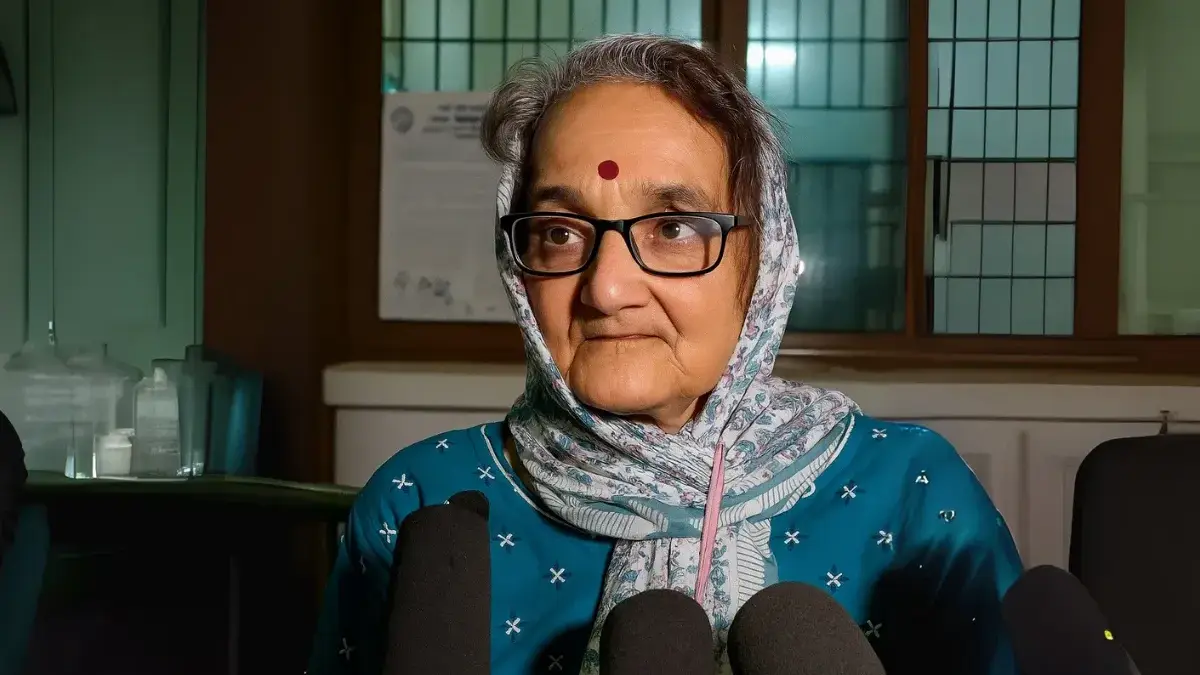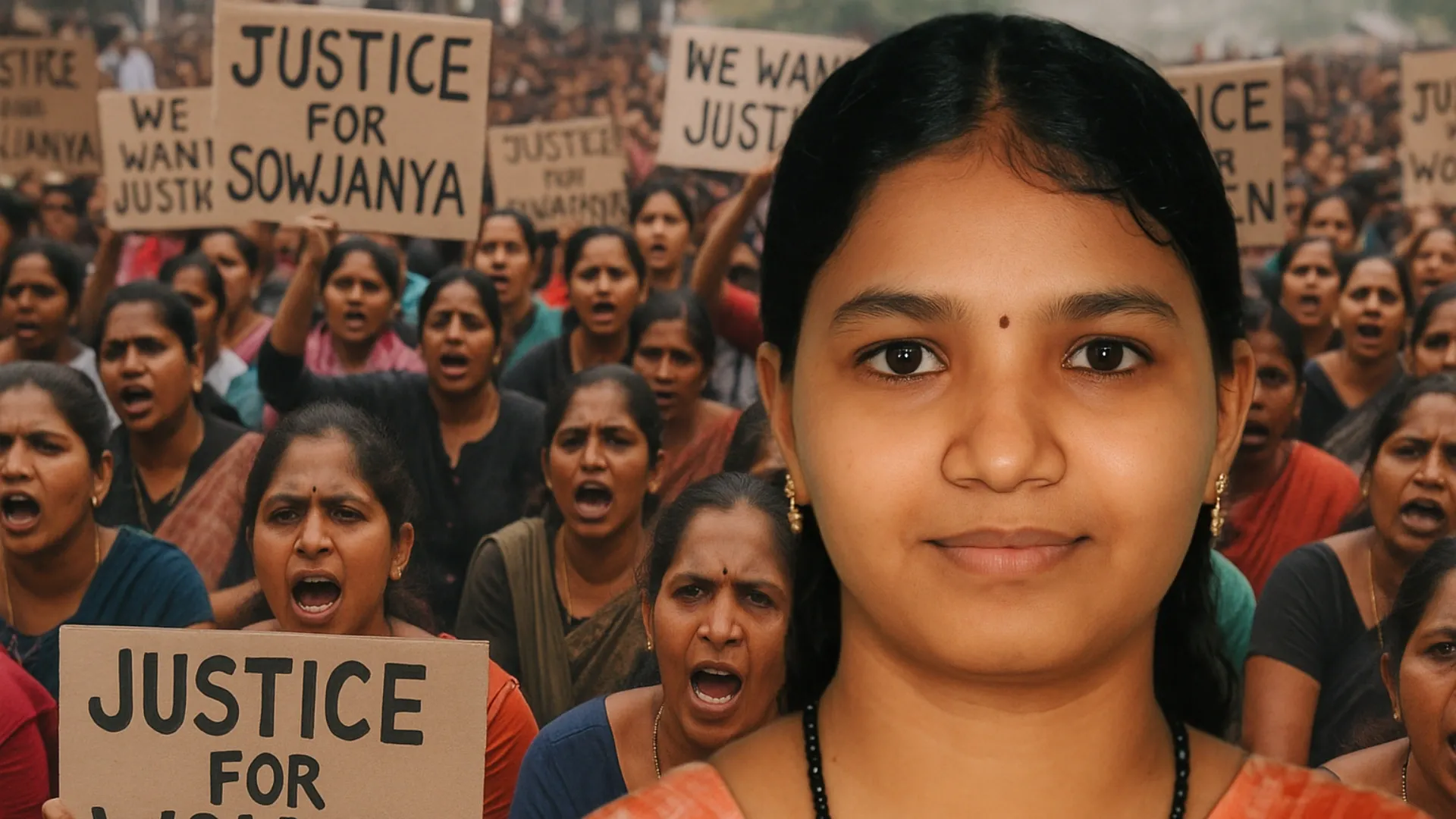Dharmasthala, Karnataka – A mysterious case involving a woman named Ananya Bhatt, who was allegedly missing since 2003, has taken an unexpected turn, stirring emotional and legal debates across Karnataka. It all began when Sujatha Bhatt submitted a complaint to the SIT (Special Investigation Team), claiming her daughter went missing two decades ago in Dharmasthala and requested authorities to help her find her remains so she could perform her daughter’s last rites as per Hindu customs.
This emotional plea quickly captured public attention, leading to widespread sympathy and media coverage. However, as more details (or lack thereof) emerged, serious questions began to arise.
Ananya Missing Case Dharmasthala
Missing for 23 Years, But No Police Complaint?
One of the first red flags raised was this: If Ananya Bhatt had truly gone missing in 2003, why was no police complaint filed at the time? In most households, a missing daughter would lead to a police report within hours. Here, 23 years passed in silence.
Furthermore, Sujatha Bhatt claimed her daughter was studying MBBS at Kasturba Medical College in Manipal and went missing while visiting Dharmasthala with a friend named Rashmi. Yet, no college records, admission documents, or even a single photograph of Ananya Bhatt have been publicly presented to support these claims.
Where Are the Documents? Where Is the Proof?
According to Sujatha Bhatt, all the certificates and documents related to her daughter were destroyed in a fire at their Kolkata home, just after the girl went missing. However, questions continue to build:
- Why were no duplicate documents collected from the institutions?
- Why is there not even a basic school transfer certificate (TC), mark sheet, or identification proof?
- Why is there no photograph, even though schools and colleges typically require them for admission?
For a girl supposedly in her late teens or early twenties in 2003, there would almost certainly have been marks cards, ID proofs, or medical college records. But none have surfaced.
A Family Insider Speaks: A Dramatic Turn
Amid growing public curiosity, a man named Mahabaleshwara appeared in a televised interview and made a shocking statement — that Ananya Bhatt never existed. Claiming to be a family member of Sujatha Bhatt, he revealed personal history, displayed an old family photo from 1988 including Sujatha, and declared that the character of “Ananya Bhatt” was fictional.
This turned the case on its head. If true, it suggests the state and its citizens were emotionally manipulated through fabricated narratives. On the other hand, if false, his statements could be defamatory and legally actionable.
Contradictions and Confusion
The contradictions don’t stop there:
- Rental agreements submitted by Sujatha Bhatt reportedly had conflicting names.
- She initially said her daughter disappeared in a temple but never followed up with a legal report.
- While claiming to be a CBI stenographer at the time, Sujatha didn’t escalate the matter through legal or institutional channels, which would have been accessible to someone in such a position.
Additionally, her video statements in recent days have been called into question due to inconsistencies in facts and language, prompting many to demand clearer proof.
What Is the Truth? And Who Will Find It?
The SIT is now tasked with investigating the truth. If Sujatha Bhatt’s complaint is genuine, there should be at least minimal verifiable proof — documents, witnesses, photographs, or official records. If not, this raises concerns of false complaints, manipulation of media narratives, and misuse of public emotion.
Mahabaleshwara’s interview, meanwhile, could invite legal scrutiny if it turns out to be baseless or misleading. But if he possesses credible documentation, it might shift the entire direction of the investigation.
A Wake-up Call on Emotional Narratives and Evidence
This case reflects a growing pattern — where emotional storytelling can overshadow logic, timelines, and facts. While it’s important to empathize with anyone claiming injustice, justice itself requires verification, evidence, and due process.
If Ananya Bhatt truly existed and went missing, she deserves justice. If she never existed, the people of Karnataka deserve answers — and perhaps an apology.
Final Thoughts
This isn’t just about a missing girl. It’s about the responsibility that comes with public discourse, media ethics, and the legal consequences of making false claims. As the SIT digs deeper, the truth — whatever it may be — must come out, not just for Ananya Bhatt or Sujatha Bhatt, but for the conscience of Karnataka itself.





